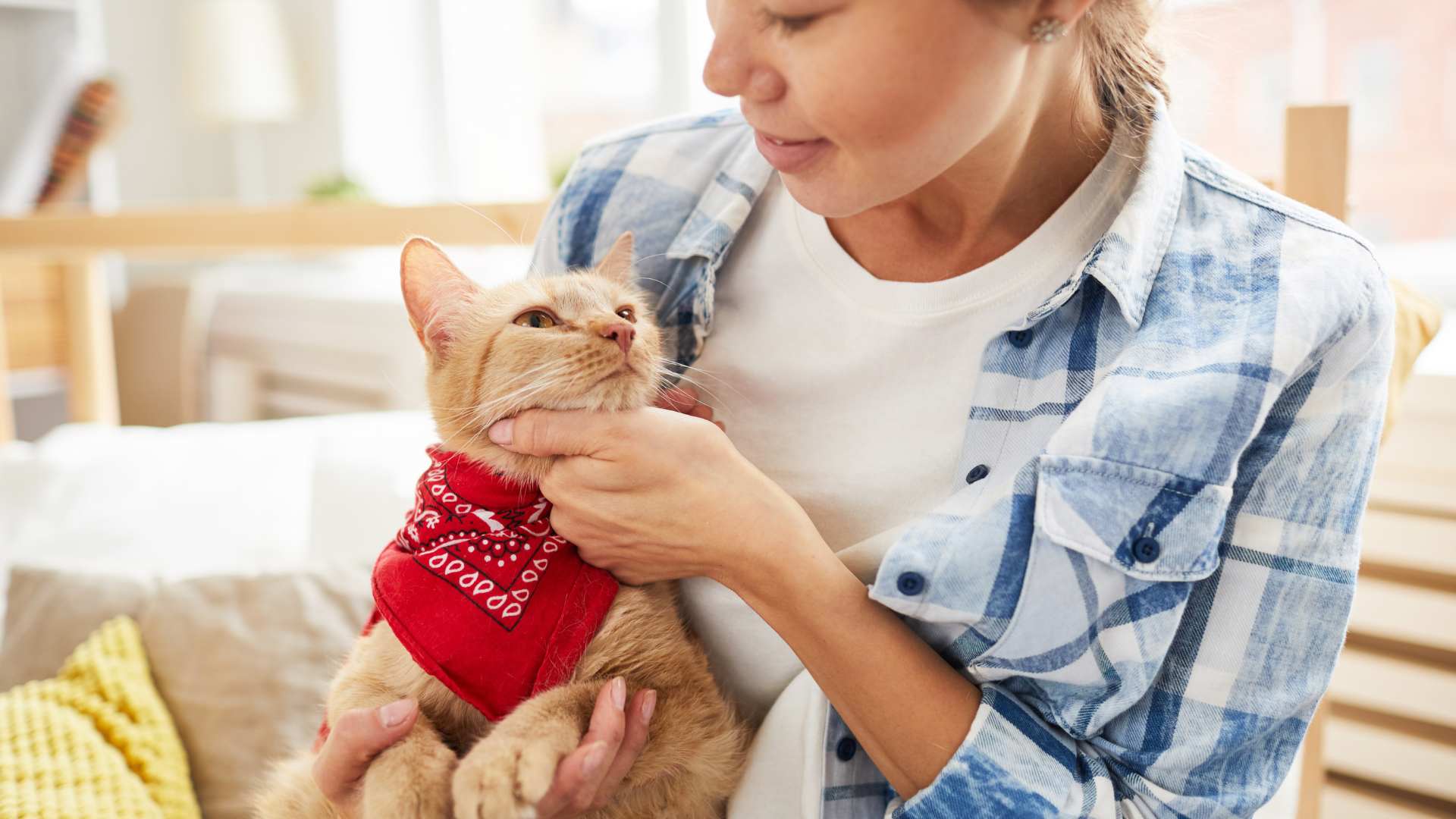Relocating can be a stressful experience, not just for humans but for pets as well. Moving to a new home presents unique challenges for our furry friends, who might be unsettled by the changes in their environment. To ensure a smooth transition for your pet, it’s essential to plan ahead and address their needs throughout the moving process. Here’s a comprehensive guide to help make your pet’s relocation as smooth as yours.
1. Prepare Your Pet for the Move
Get Your Pet Used to the Idea: If possible, start preparing your pet for the move in advance. Introduce them to moving boxes and new items gradually, so they can get used to the changes.
Update Identification: Ensure your pet’s identification tags and microchip information are up-to-date with your new address and contact information.
2. Visit the Vet
Schedule a Check-Up: Arrange a visit to the veterinarian before the move to ensure your pet is in good health and up-to-date with vaccinations. Discuss any concerns about the move with your vet.
Obtain Medical Records: Request a copy of your pet’s medical records to take with you. If you’re moving to a new area, you may need to find a new vet and provide them with these records.
3. Plan the Move Day Carefully
Create a Safe Space: On moving day, set up a quiet, secure area in your current home where your pet can stay away from the hustle and bustle. This will help reduce their stress and prevent them from getting lost or injured.
Use a Pet Carrier: Transport your pet in a comfortable, well-ventilated carrier. Ensure the carrier is familiar and has been used by your pet before to help them feel more secure.
Avoid Feeding Just Before Moving: To reduce the risk of motion sickness, avoid feeding your pet right before the move. Instead, provide water and a small meal a few hours before departure.
4. During the Move
Keep Your Pet Calm: Use calming techniques such as playing soothing music or using pet pheromone diffusers to help keep your pet relaxed during the move.
Monitor Their Behavior: Pay attention to your pet’s behavior and comfort level throughout the move. If you notice signs of distress, such as excessive barking or meowing, take a break and offer reassurance.
5. Arriving at the New Home
Set Up a Pet-Friendly Space: As soon as you arrive, set up a designated area in your new home for your pet. Include their bed, toys, food and water bowls, and any other familiar items.
Gradually Introduce Them to the New Environment: Allow your pet to explore their new home at their own pace. Start with one room and gradually introduce them to other areas as they become more comfortable.
Keep Routine Consistent: Maintain your pet’s regular feeding and walking schedule as much as possible. Consistency helps provide a sense of stability during the transition.
6. Adjusting to the New Home
Supervise Their Exploration: Monitor your pet as they explore their new environment to ensure they are safe and adjusting well. Watch for any signs of stress or anxiety, such as hiding or changes in appetite.
Create Familiarity: Use familiar items and routines to help your pet feel more at home. This includes keeping their favorite toys, blankets, and food dishes in the same spots.
Provide Extra Attention: Give your pet plenty of love and attention during this transitional period. Spend time playing with them, offering treats, and providing comfort to help them adjust.
7. Update Pet Records
Register with Local Authorities: If required, update your pet’s registration with local authorities in your new area. This may include updating licensing information or registering with local pet services.
Find New Pet Services: Research and locate nearby veterinary clinics, groomers, and pet supply stores to ensure you have access to essential services in your new area.
8. Address Behavioral Changes
Watch for Behavioral Changes: It’s normal for pets to experience some behavioral changes after a move, such as increased clinginess or reluctance to explore. Monitor their behavior and consult a vet or pet behaviorist if needed.
Provide Enrichment: Offer mental and physical stimulation through playtime, interactive toys, and new activities to help your pet adapt and feel engaged in their new environment.
9. Traveling Long Distances
Plan for Longer Trips: If you’re moving a long distance, plan for frequent breaks and exercise stops. Ensure your pet has access to water and is comfortable during the journey.
Research Pet-Friendly Accommodations: If you need to stay overnight during the move, research pet-friendly accommodations in advance to ensure a smooth transition.
Conclusion
Moving with pets requires careful planning and consideration to ensure their transition to a new home is as smooth as possible. By preparing in advance, providing comfort and consistency, and addressing their needs throughout the process, you can help your furry friend adjust to their new environment with ease. A little extra effort can go a long way in making your pet’s relocation a positive experience for everyone involved.


.svg)


